E♯♯ (E double sharp) has the same key as F♯ (F sharp)) or G♭ (G flat)Īccidentals in music score Accidentals are always written before the noteĪccidentals are always written before the note, here is an example: Accidentals only affect on the current measure (bar)Īfter an accidental has been written, every same note is also affected for all the current measure ( bar) in which they occur, unless explicitly changed by another accidental. A♭♭ (A double flat) has the same key as G C♯♯ (C double sharp) has the same key as D A♯ (A sharp) has the same key as B♭ (B flat)Īs there is only 1 half step between E and F:Īs there is only 1 half step between B and C:Īnd notice some examples with double sharps and double flats: G♯ (G sharp) has the same key as A♭ (A flat) F♯ (F sharp) has the same key as G♭ (G flat)

D♯ (D sharp) has the same key as E♭ (E flat)

C♯ (C sharp) has the same key as D♭ (D flat)

With this piano keyboard you can notice that: To visualize accidentals, here are accidentals on a piano keyboard:


 0 kommentar(er)
0 kommentar(er)
